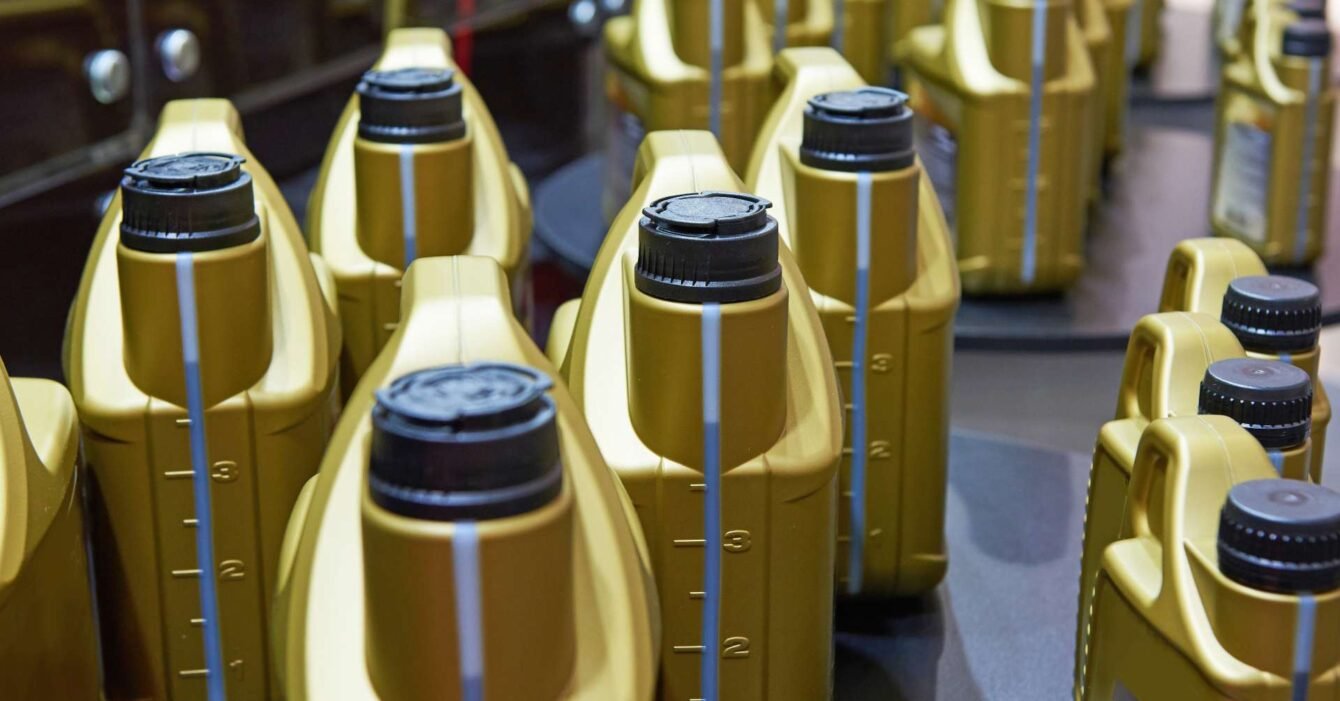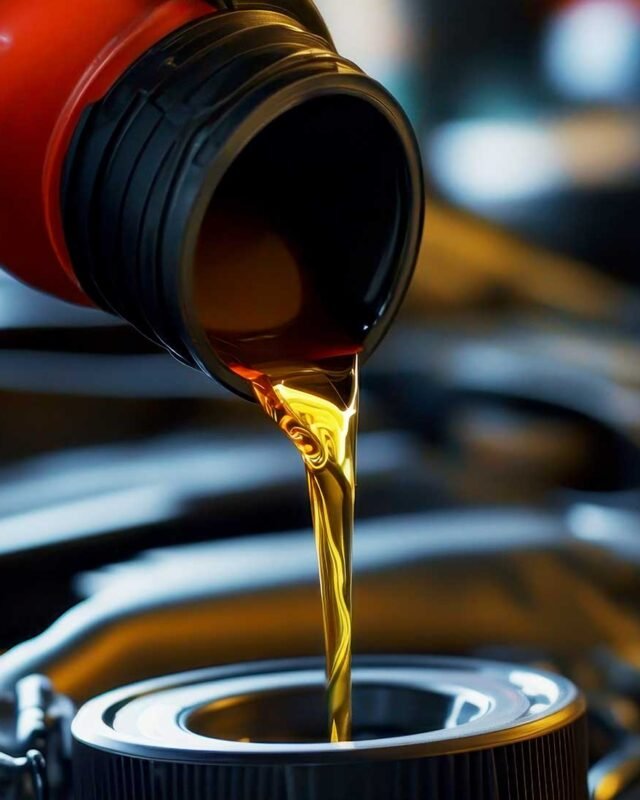The Middle East lubricants market is projected to grow from 2.94 billion liters in 2025 to 3.31 billion liters by 2030, marking a CAGR of 2.43%. This steady expansion stems from post-pandemic industrial recovery, surging automotive sales, and advancements in high-performance lubricants. However, rising costs for synthetic and bio-based formulations pose challenges, while ongoing infrastructure development and manufacturing growth present promising opportunities.
Automotive Lubricants Propel Market Expansion Amid Growing ICE Dominance
The automotive sector remains the backbone of lubricant consumption, supporting performance, wear reduction, and engine longevity. Notably, the rise in high-mileage engine oils signals a shift toward durability-enhancing formulations:
- Passenger vehicles widely utilize 10W40 and 15W40 viscosity-grade lubricants, ensuring engine efficiency and longevity.
- Multi-grade options, including 15W50 and 20W50, remain popular in aircraft and heavy-duty transportation sectors.
Despite global acceleration toward electric vehicles (EVs), Saudi Arabia projects internal combustion engine (ICE) vehicles to remain dominant for the next 15-20 years. This long-term reliance on conventional fuels reinforces stable lubricant demand.
Market Influence of Leading Automakers
Saudi Arabia’s automotive industry is driven by major international manufacturers, reinforcing long-term lubricant consumption trends:
- Toyota holds a 30% market share, making it the dominant player.
- Hyundai & KIA collectively account for 26%, further shaping demand patterns.
- Renault-Nissan-Mitsubishi maintains a 9% share, while General Motors, Ford, and Fiat Chrysler Automobiles round out market influence.
The government’s Vision 2030 strategy aims to localize automotive production, further bolstering lubricant manufacturing and distribution.
Saudi Arabia Leads Industrial Surge, Expanding Lubricant Applications
Saudi Arabia remains the largest lubricant consumer in the Middle East, fueled by power sector expansion, steel industry investments, and infrastructure development:
- The kingdom allocated USD 293 billion toward power and renewable energy projects, sustaining lubricant demand in electricity generation and machinery maintenance.
- Crude steel output reached 9.9 million metric tons in 2023, driving lubricant needs for manufacturing processes and heavy machinery.
- USD 12 billion in new steel projects further strengthens industrial activity, reinforcing lubricant consumption growth.
Additionally, Nestlé’s SAR 375 million (USD 99.72 million) investment in new manufacturing facilities underlines broader industry diversification, creating long-term lubricant requirements across multiple sectors.
Oil & Gas Exploration Enhances Market Stability
Lubricants remain essential for the oil and gas industry, particularly in extraction, drilling, and refinery operations. Saudi Arabia’s ongoing investment in petroleum production, coupled with regional infrastructure projects, ensures steady demand for high-performance lubricants.
High-Performance Lubricants Face Cost Challenges Amid Innovation Boom
As manufacturers shift toward sustainability, the adoption of synthetic and bio-based lubricants is growing. However, cost barriers limit widespread implementation:
- Synthetic lubricants offer superior performance, including extended durability and reduced environmental impact, yet higher pricing slows adoption.
- Bio-based alternatives present an emerging opportunity, especially in regulated industries prioritizing eco-friendly solutions.
Key Market Players in the Middle East Lubricants Industry
The Middle East lubricants market remains highly fragmented, with leading companies shaping supply chains and innovation:
- TotalEnergies
- Petromin
- Aljomaih & Shell Lubricating Oil Company (JOSLOC)
- Behran Oil Co.
- FUCHS
As technological advancements reshape industrial needs, lubricant manufacturers will continue optimizing product efficiency to meet evolving market demands
Also Read: High-Performance Lubricants Reshaping Middle East Industries




